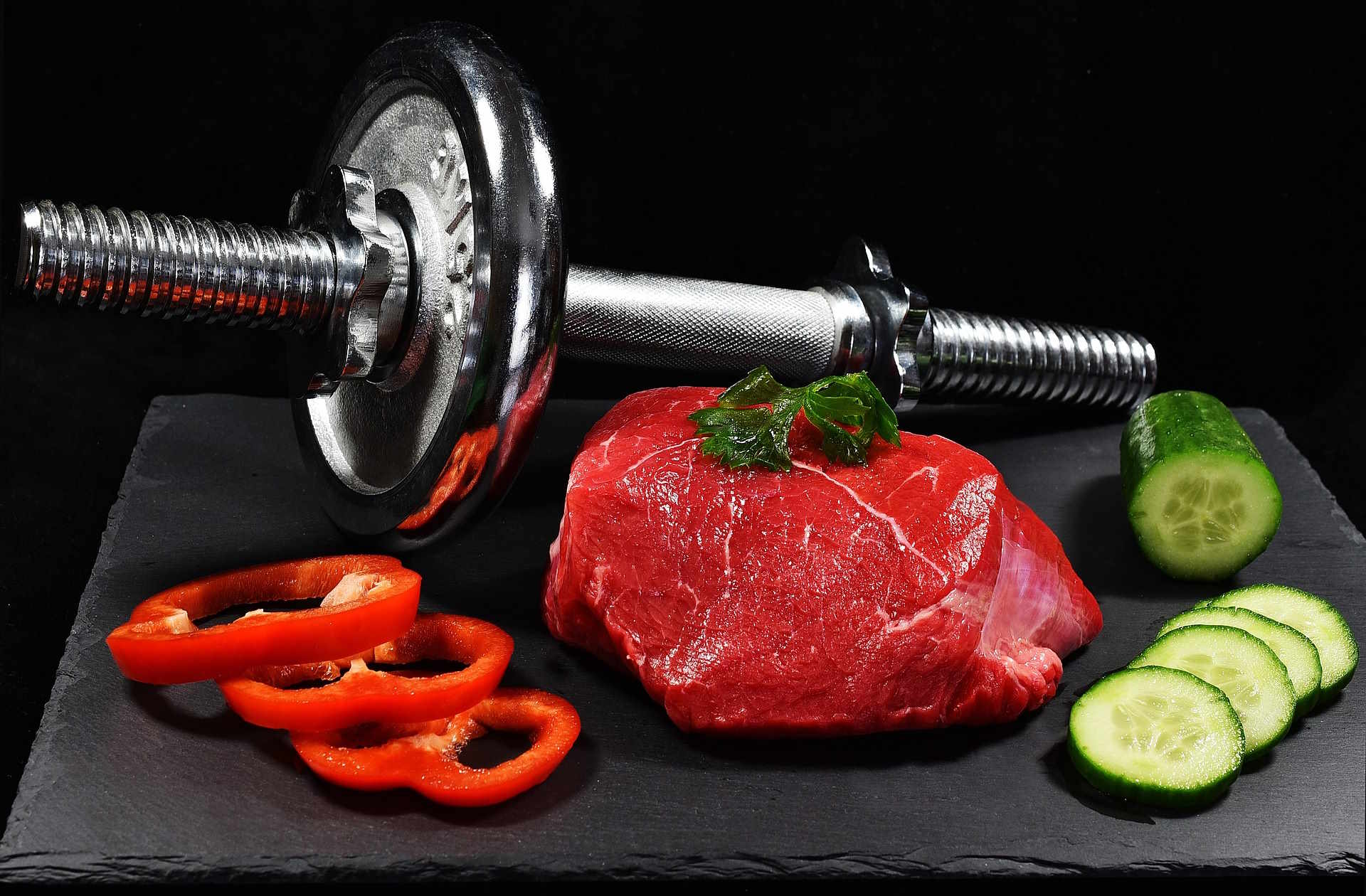High-Protein Foods: Meat Sources From Farm to Table
High-protein foods are central to many diets because they supply essential amino acids needed for tissue maintenance, satiety, and metabolic processes. Animal-derived proteins — notably meat from chicken and beef — are concentrated, complete sources that are widely available. Understanding differences in cuts, farming practices, and simple cooking methods helps people incorporate these foods into balanced meals without overreliance on processed options or excessive calories.
This article is for informational purposes only and should not be considered medical advice. Please consult a qualified healthcare professional for personalized guidance and treatment.
What counts as high-protein meat?
High-protein meat typically refers to cuts and preparations that deliver a large amount of protein per serving relative to calories. Lean cuts of beef, skinless chicken breast, pork loin, and many fish varieties contain high protein density. As a rough reference, cooked skinless chicken breast often provides around 30–32 g of protein per 100 g, while cooked lean beef provides about 25–27 g per 100 g. Organ meats and certain processed meats may be protein-dense too, but processing can add sodium and preservatives that affect overall nutrition.
How do farm practices affect protein and nutrients?
Farming practices influence more than supply chains; they can affect animal growth rates, fat composition, and trace nutrient levels. Diet, breed, and pasture access may modestly change fatty acid profiles or micronutrient content (for example, some pasture-raised animals show different omega-3 or vitamin levels). However, the basic protein content of meat remains high across production systems. When selecting meat, consider farm transparency, animal welfare, and environmental practices alongside nutrition to align choices with personal values.
How to include high-protein food in everyday meals?
Incorporating protein-rich food into daily eating is largely about portion and variety. Aim to center meals around a palm-sized portion of cooked meat (about 75–120 g depending on needs) complemented by whole grains, vegetables, and healthy fats. Simple swaps — such as using shredded chicken in salads, lean beef in stir-fries, or grilled pieces in grain bowls — increase protein without much extra effort. Cooking methods like grilling, baking, poaching, or slow-cooking preserve protein while limiting added fats; marinating and low-temperature methods can keep meat tender and flavorful.
Is chicken a practical high-protein choice?
Chicken is a flexible, relatively lean source of animal protein. Skinless chicken breast is particularly high in protein and low in fat per serving, making it a common choice for those focusing on protein intake. Dark meat contains slightly more fat and different micronutrient profiles but still supplies substantial protein. Food safety is important: cook poultry to the recommended internal temperature, refrigerate promptly, and follow safe thawing practices. For variety, try different cuts, rotisserie options, or boneless portions to suit recipes and budgets.
How does beef compare as a protein source?
Beef provides dense protein and several micronutrients such as iron, zinc, and vitamin B12, which can be particularly relevant in diets with limited other animal sources. Different cuts vary widely: lean cuts like sirloin or eye of round offer high protein with less fat, while ribeye and brisket are higher in fat and calories. Ground beef ranges in fat percentage; choosing leaner blends increases protein per calorie. Consider portion size and cooking methods to balance protein intake with saturated fat and caloric goals.
Conclusion
High-protein foods from meat — notably chicken and beef — offer concentrated, complete amino acids that are easy to include in varied diets. Attention to cut selection, cooking technique, and farming practices can influence overall nutrition and sustainability without changing the fundamental role of these foods as protein sources. For individualized dietary planning, especially when addressing health conditions or specific goals, consult a qualified nutrition or healthcare professional.






